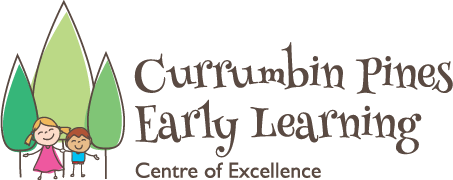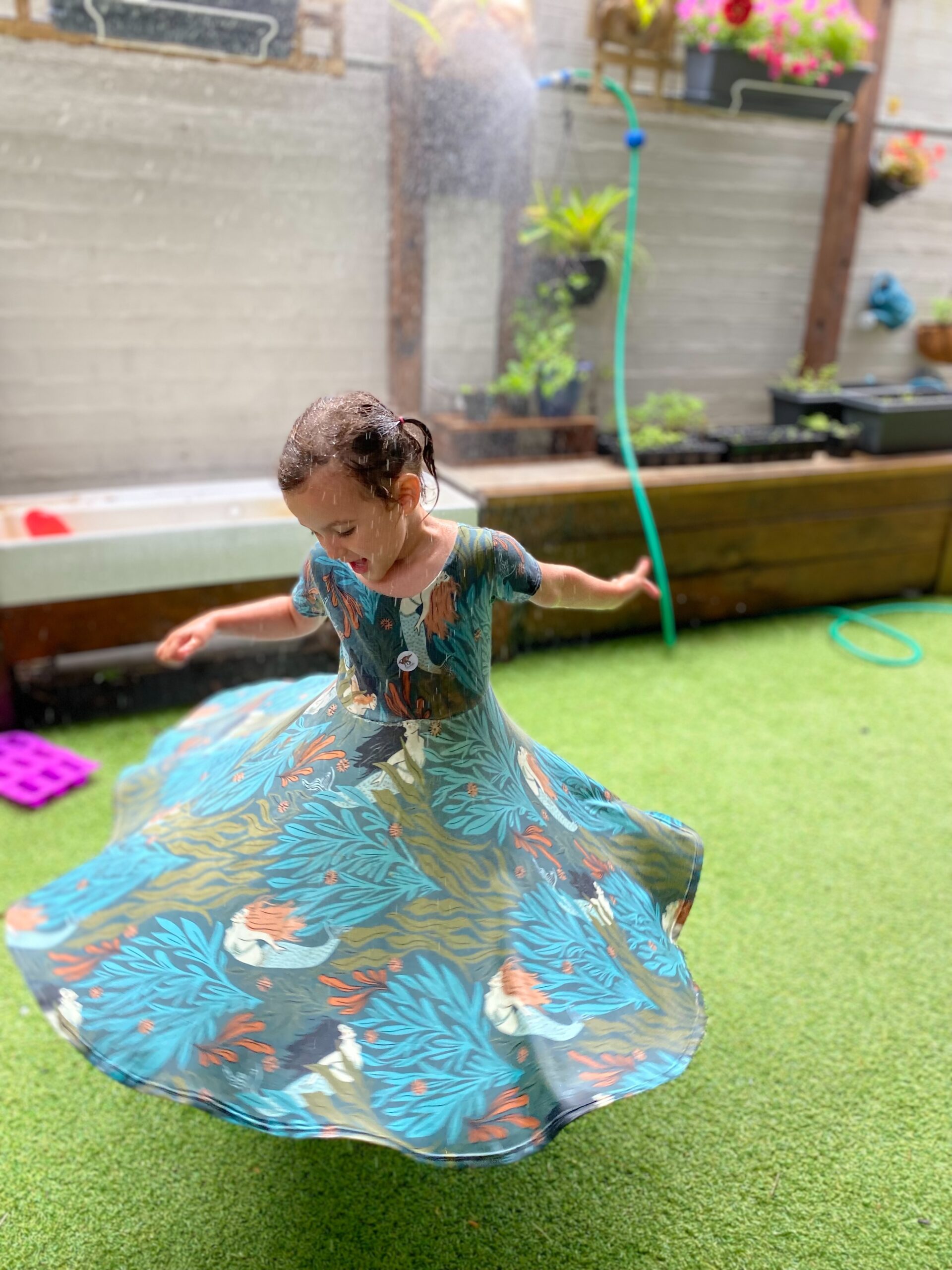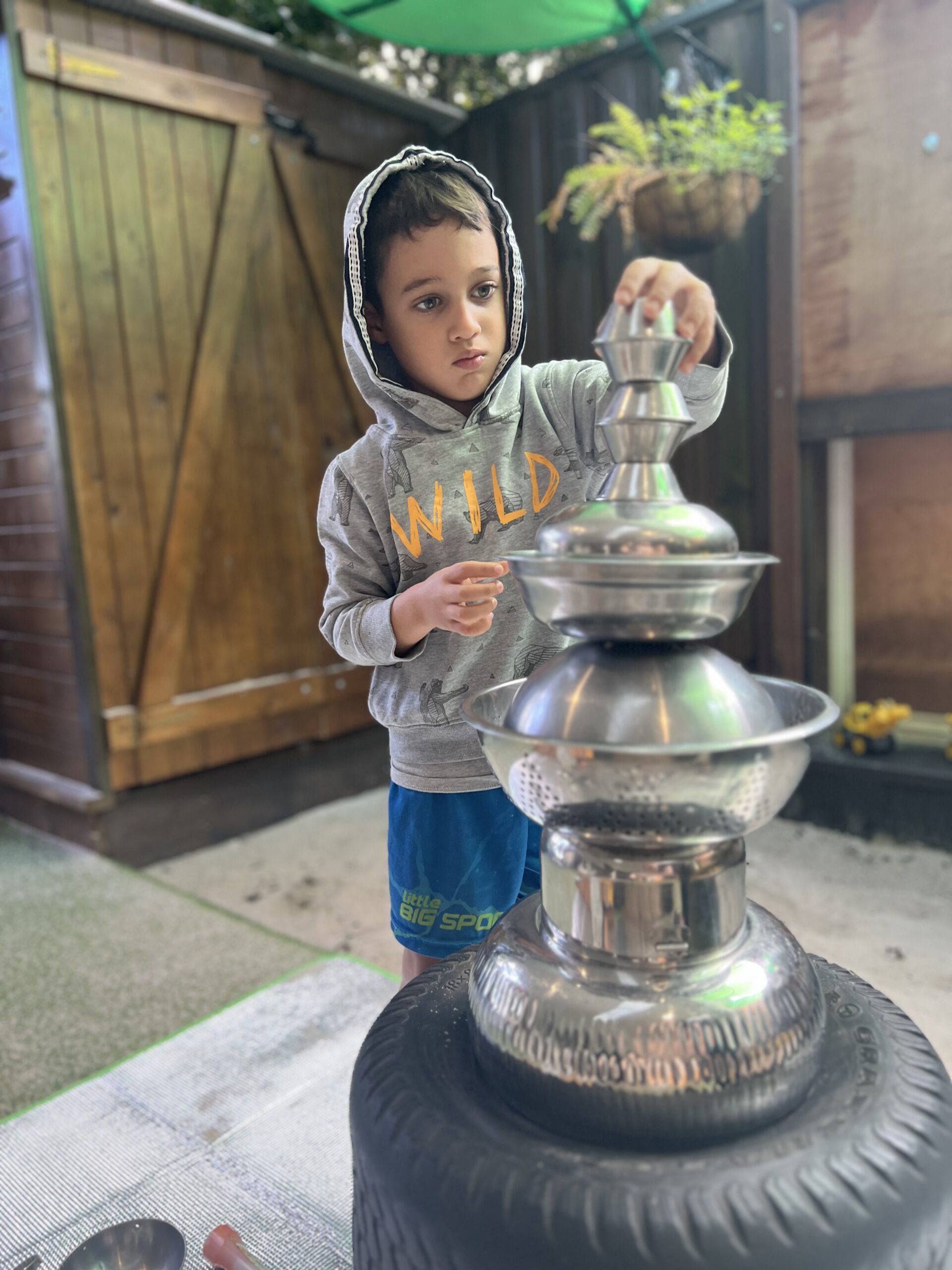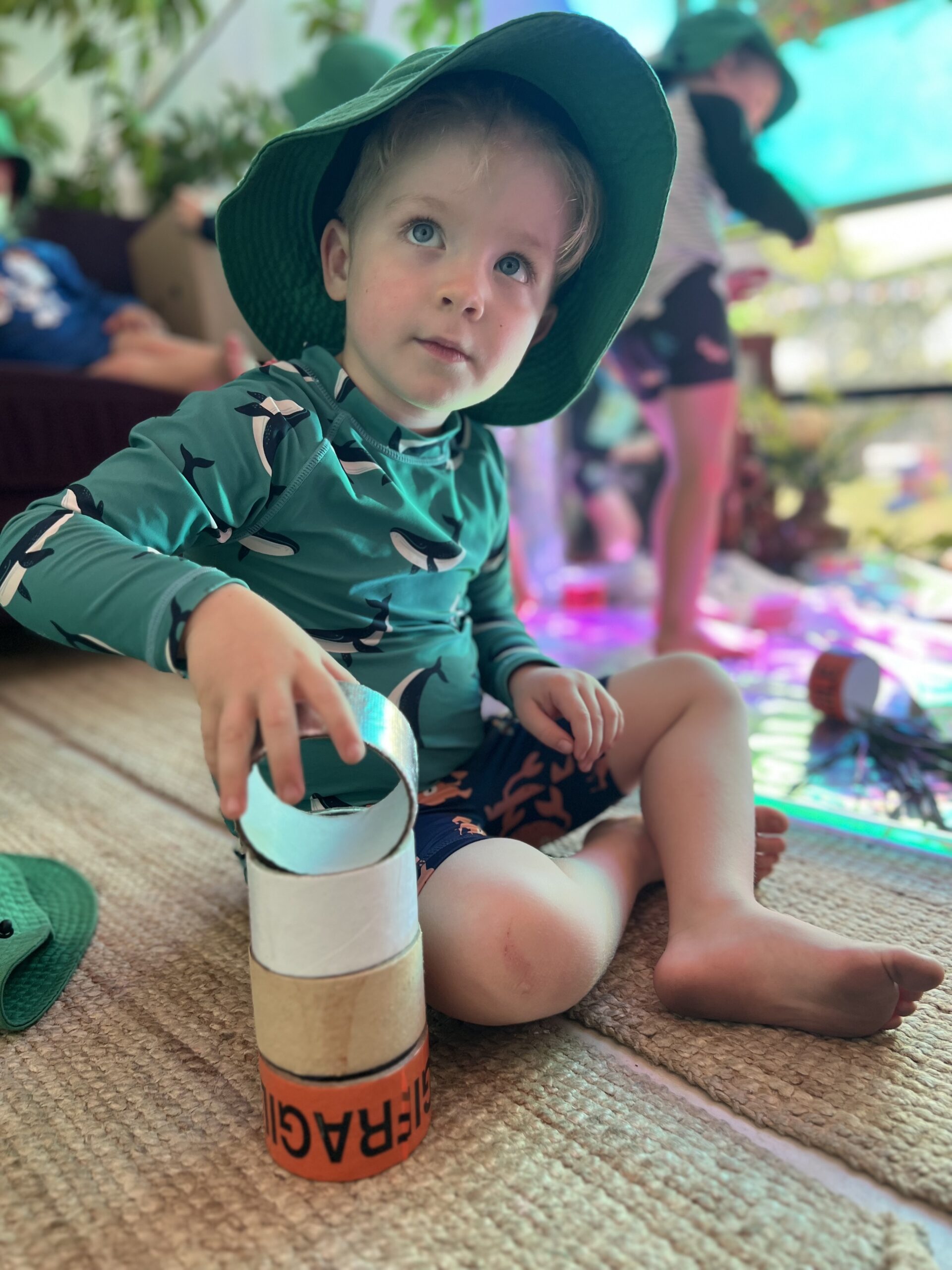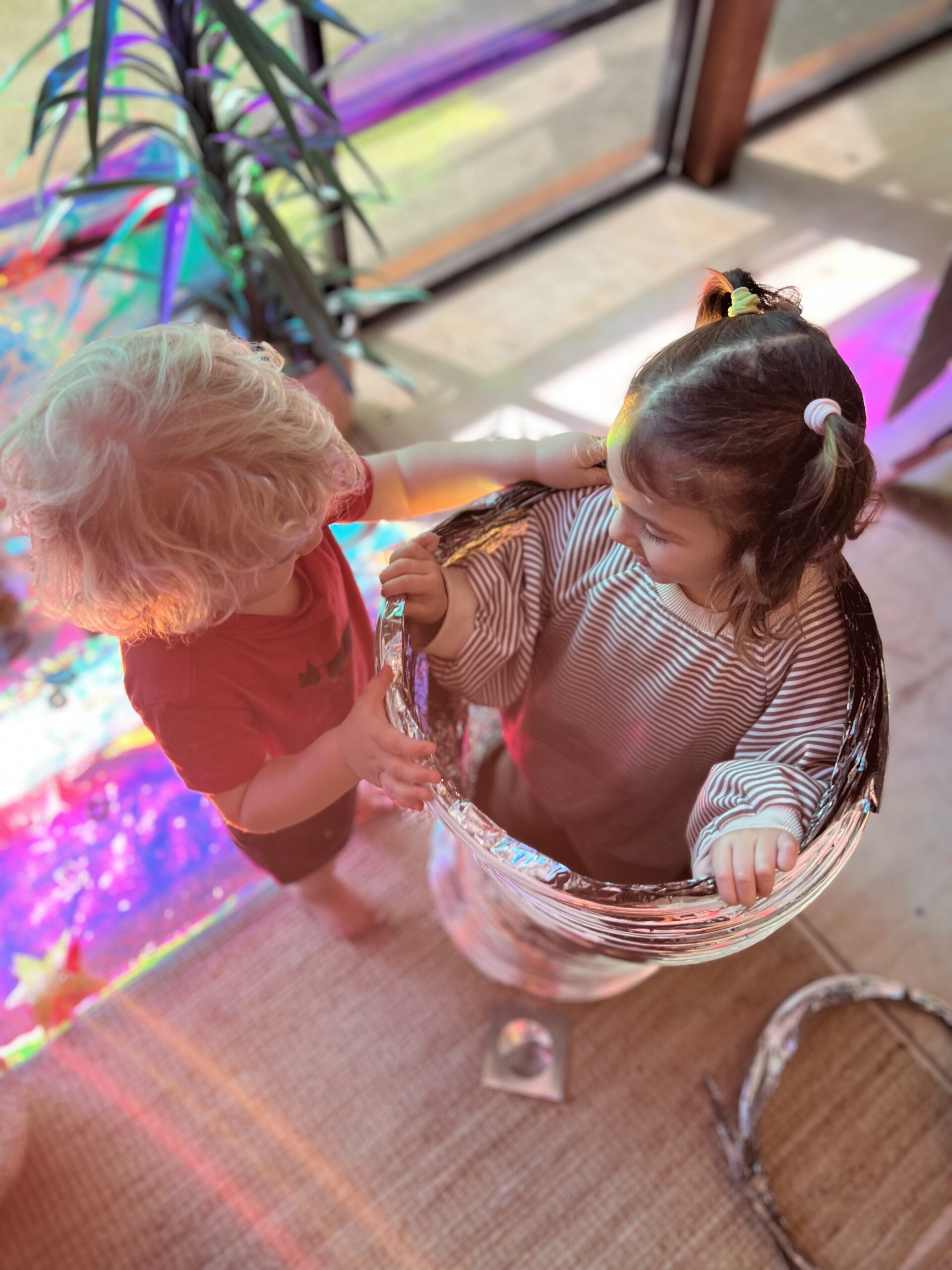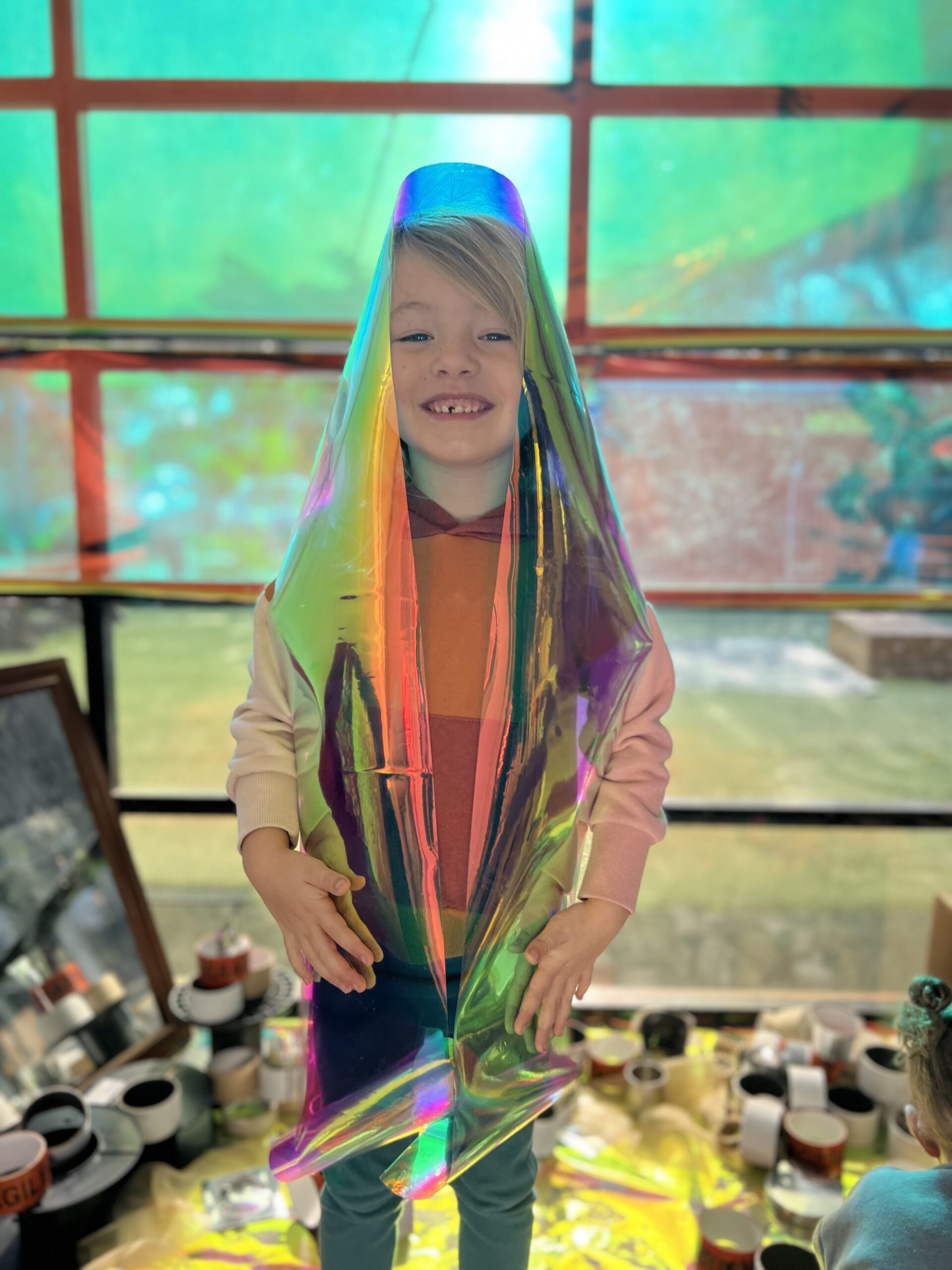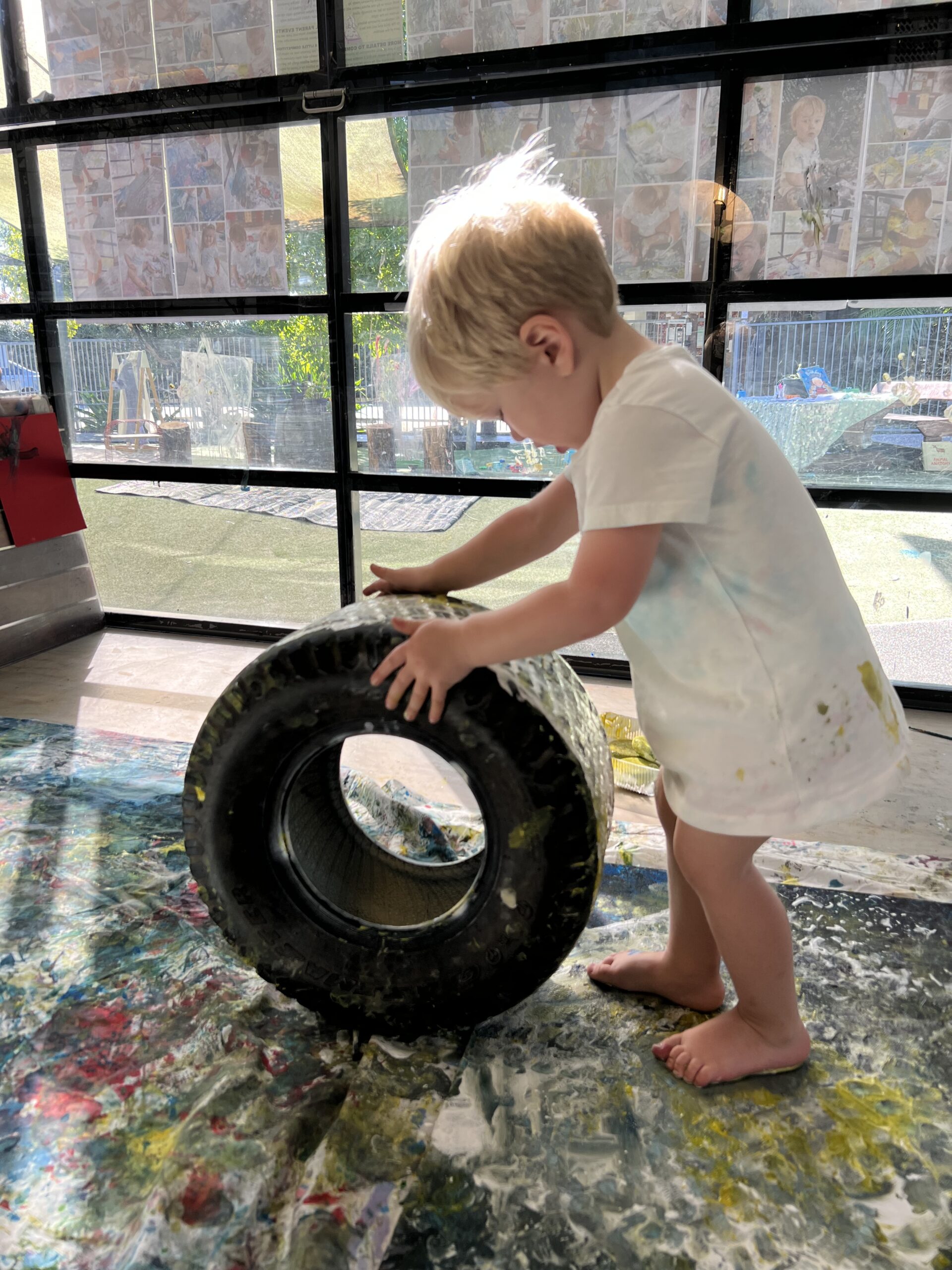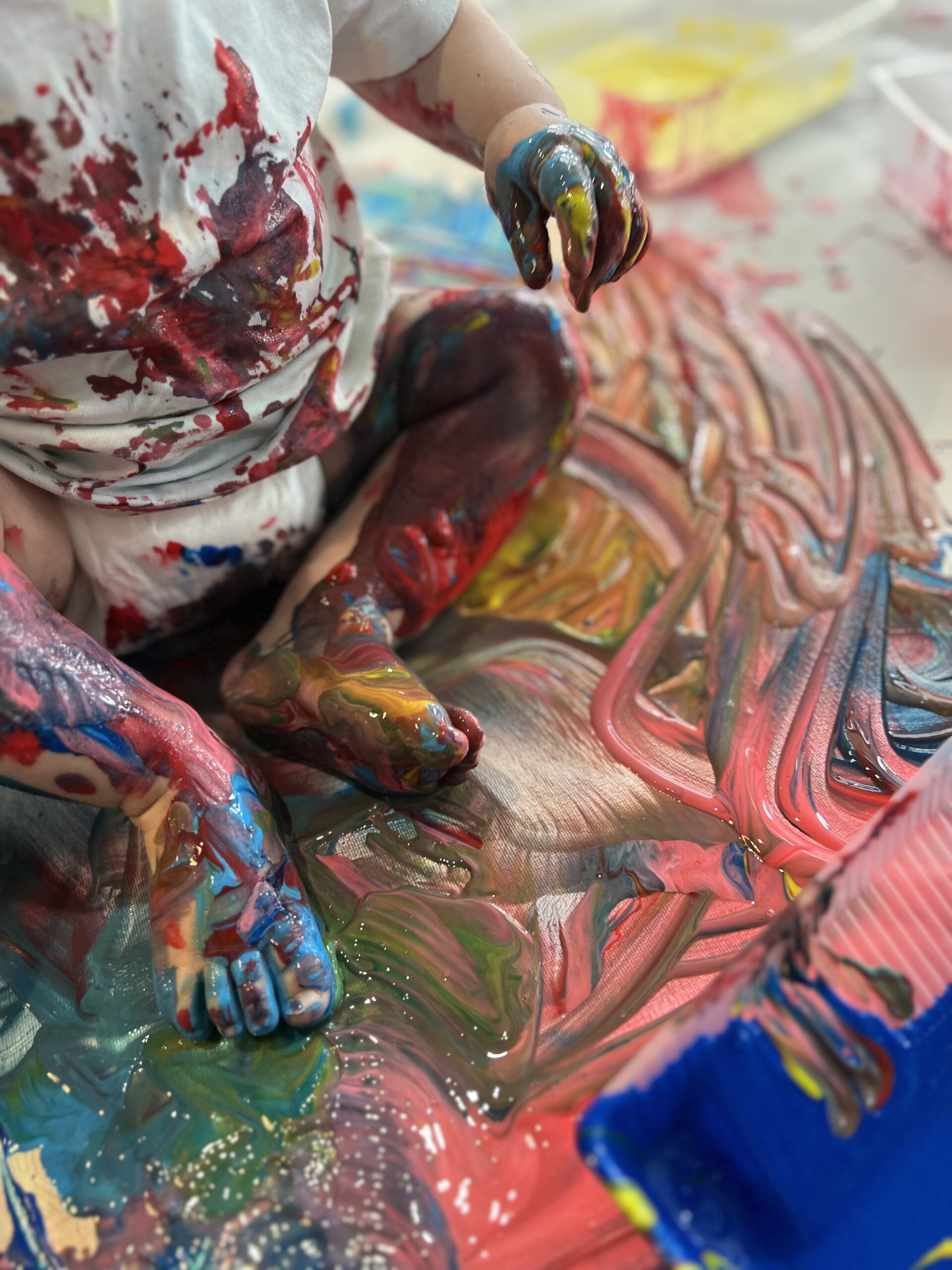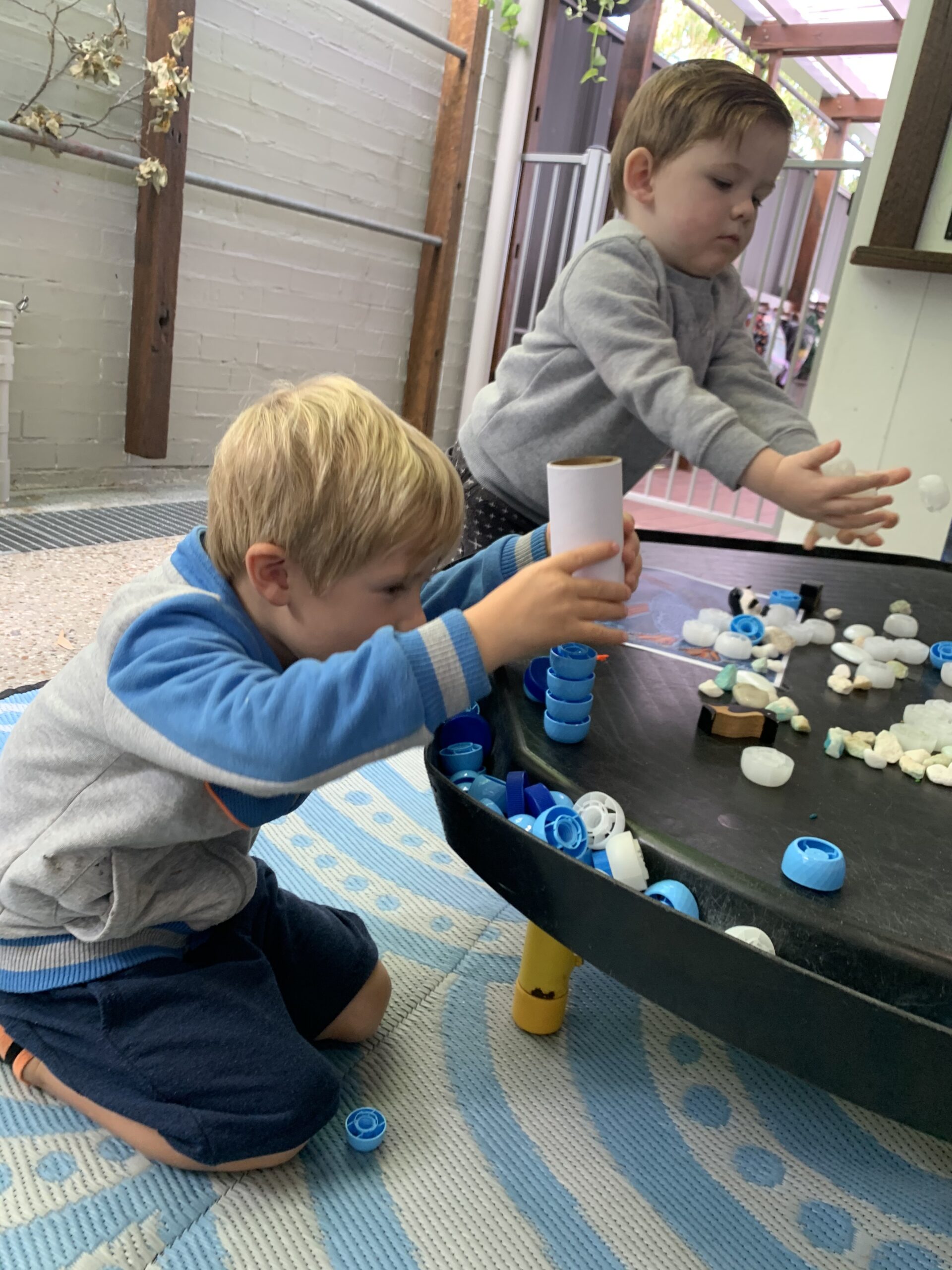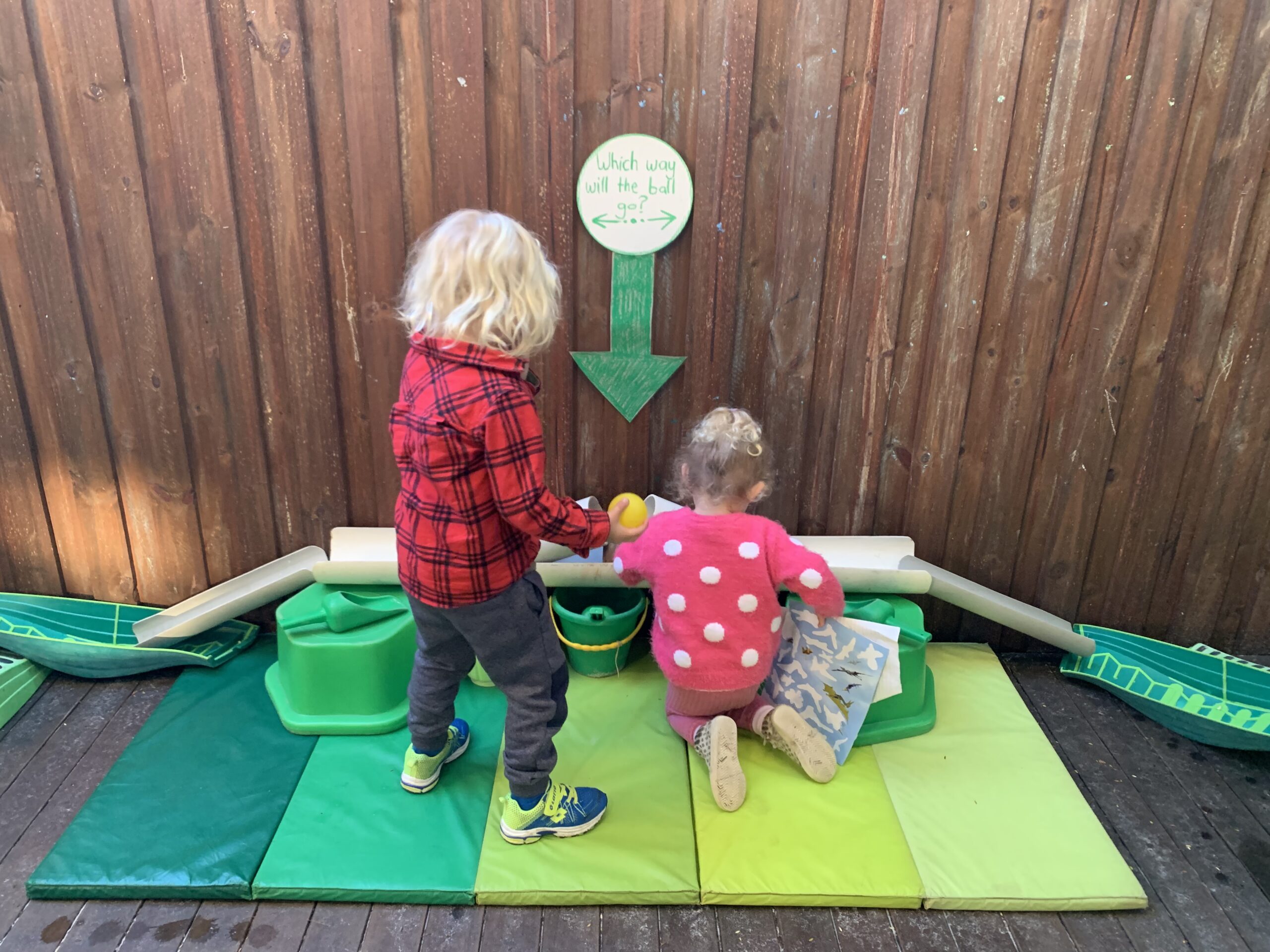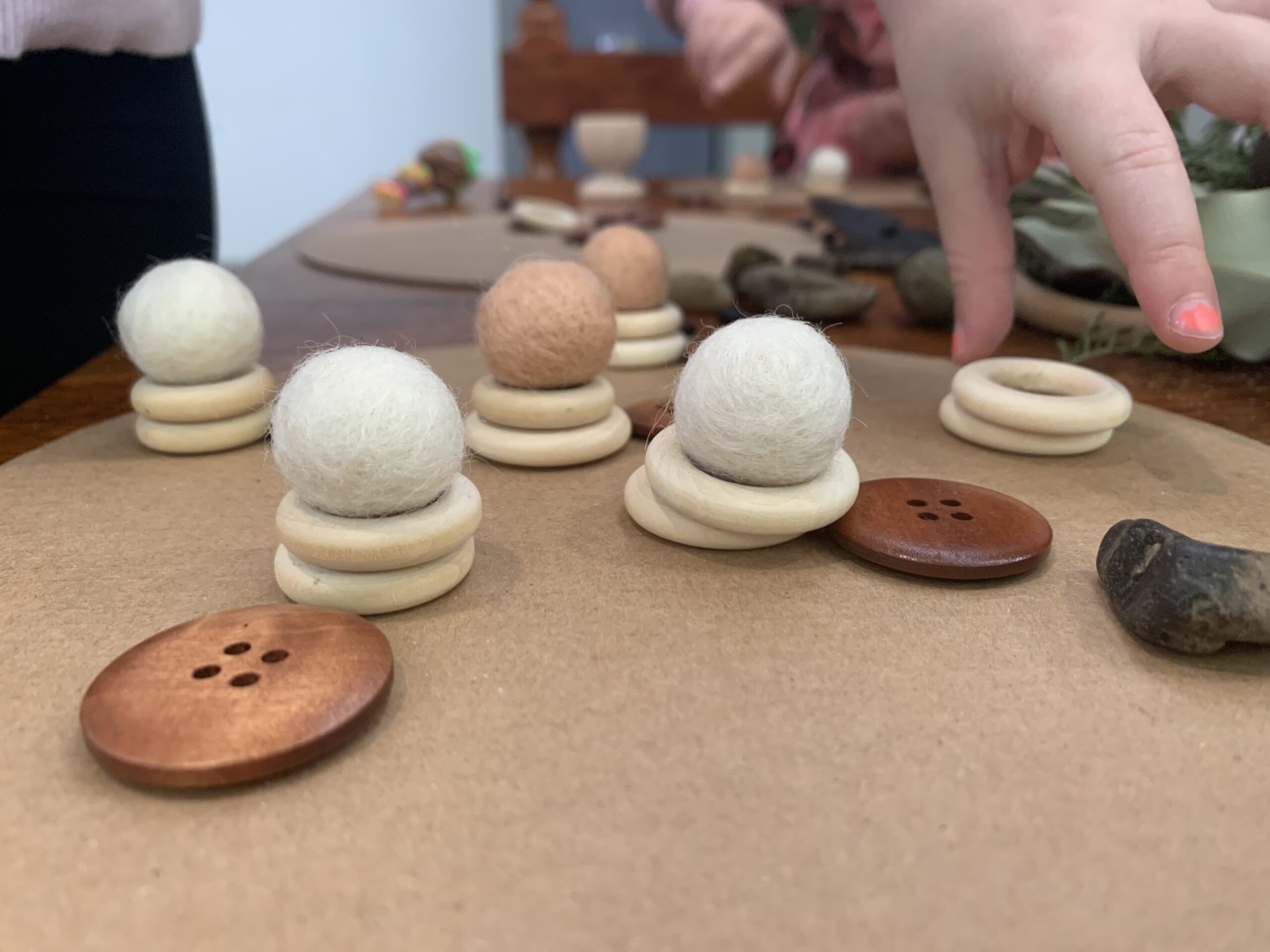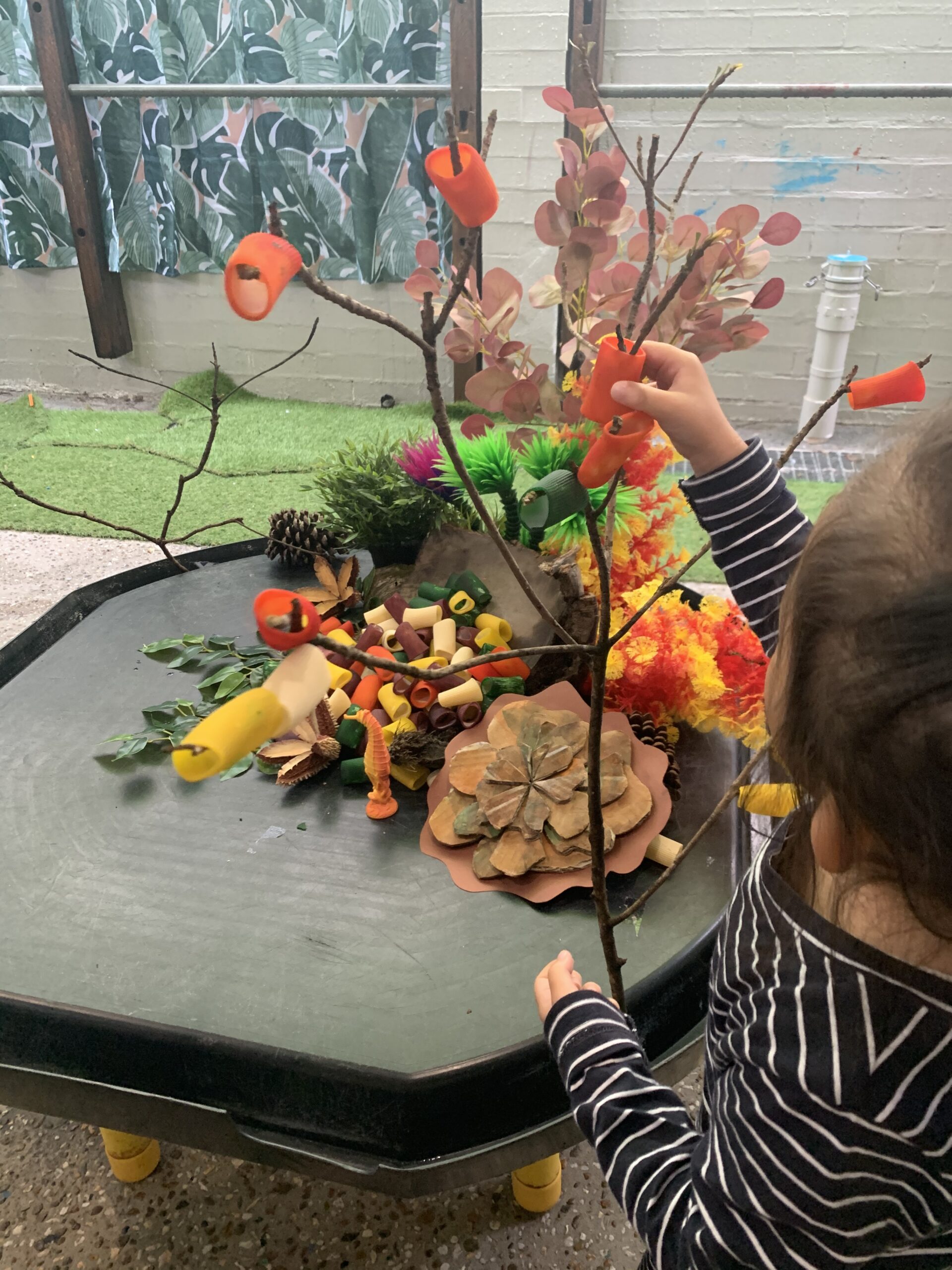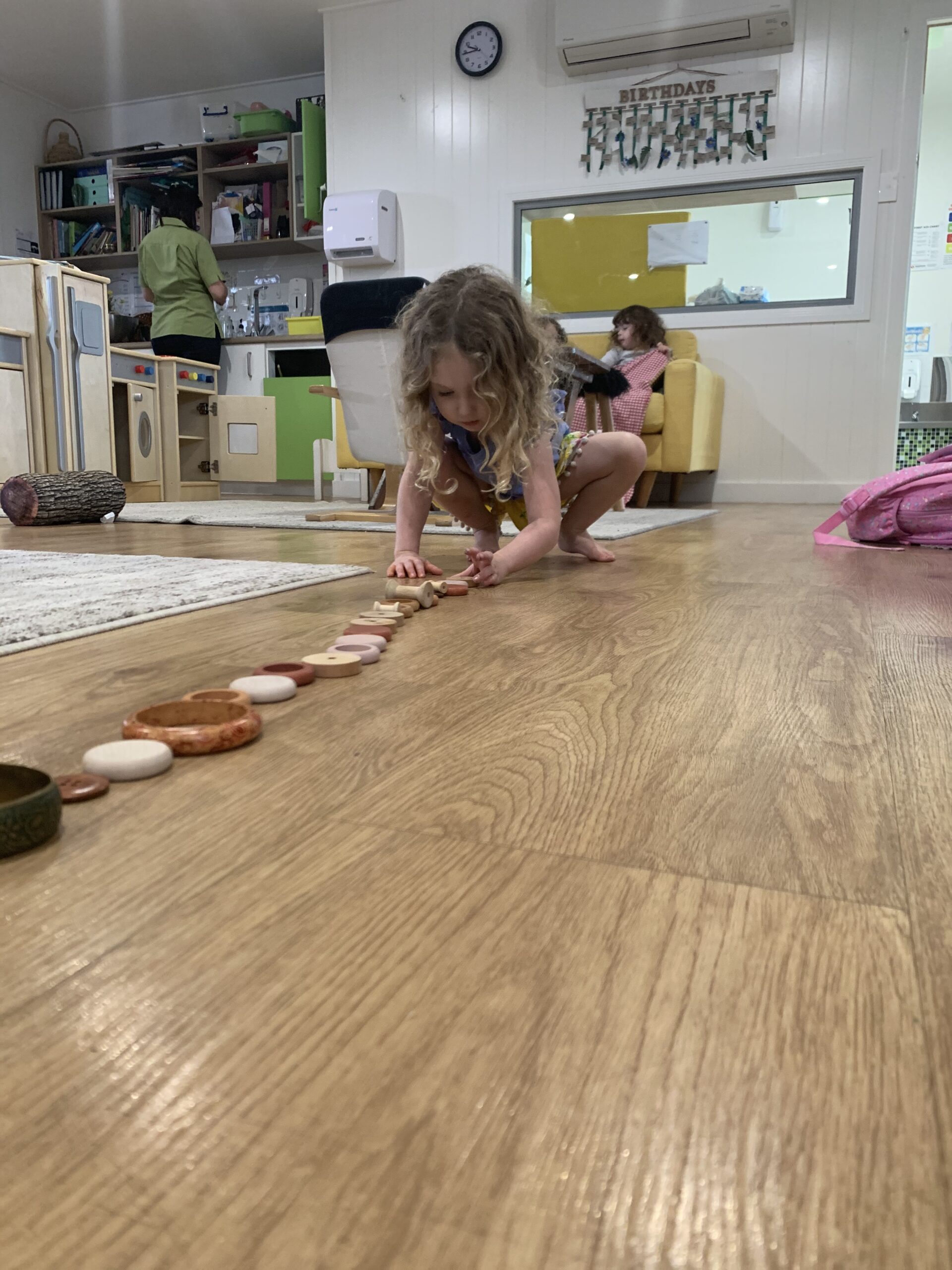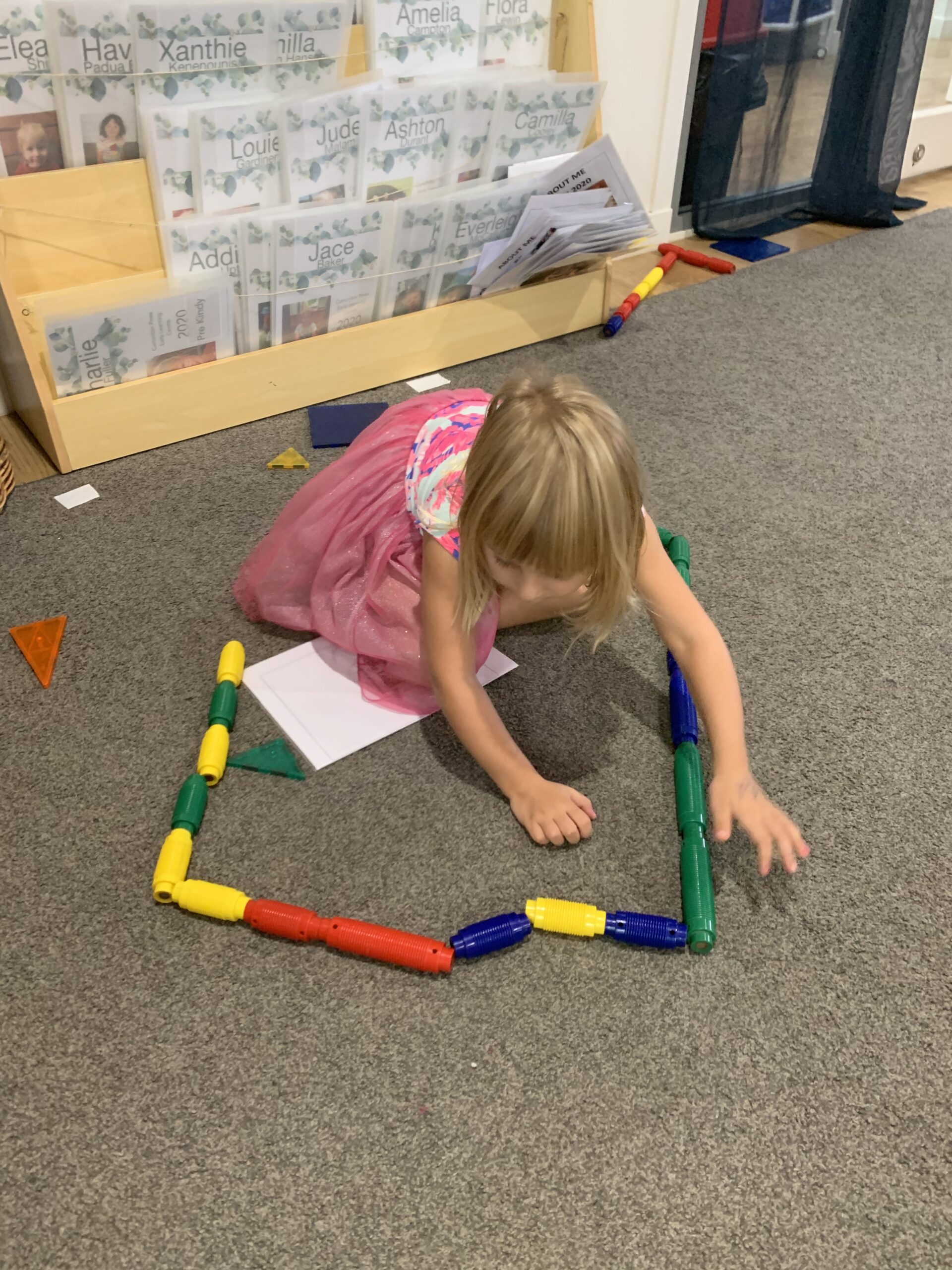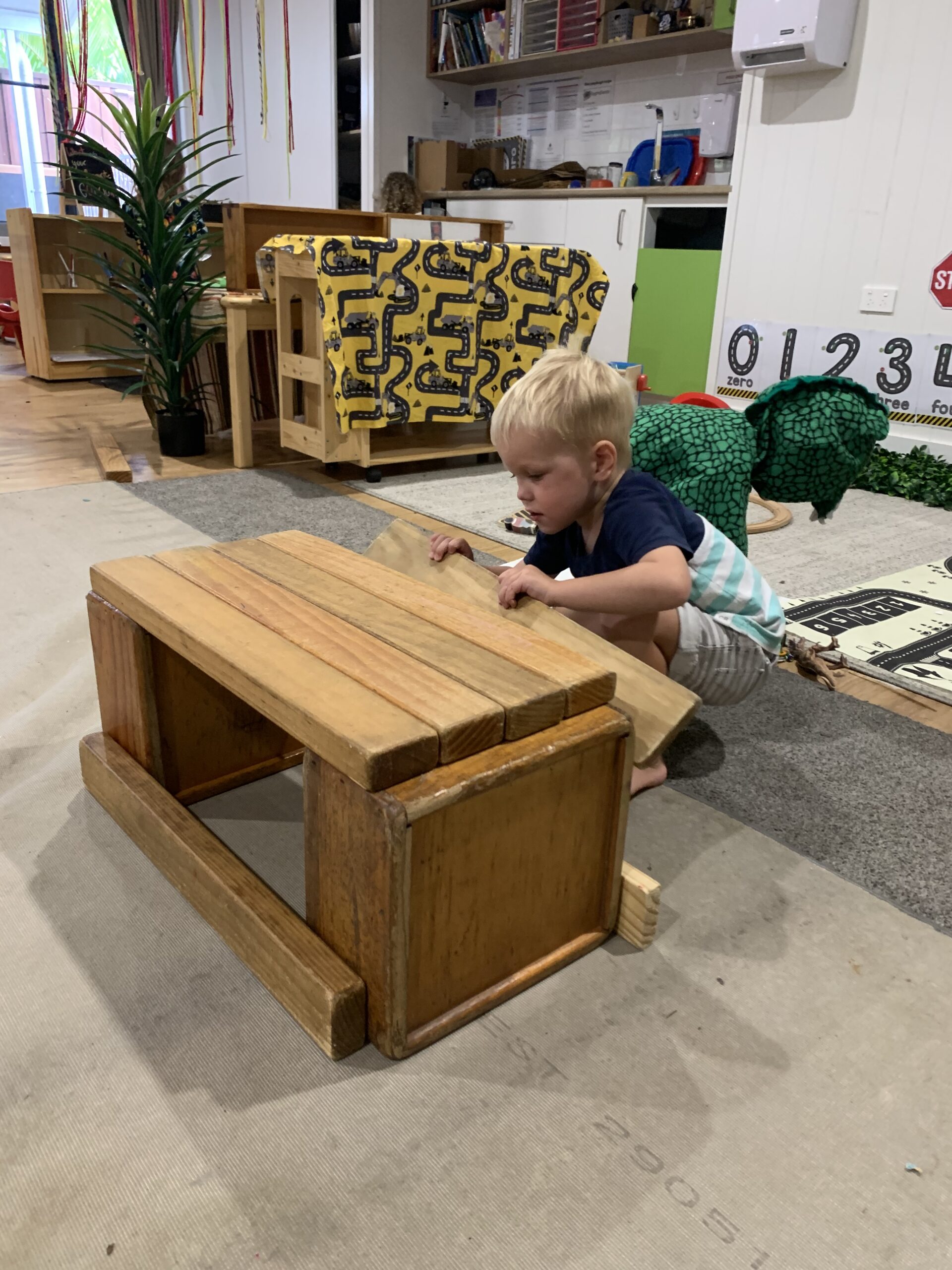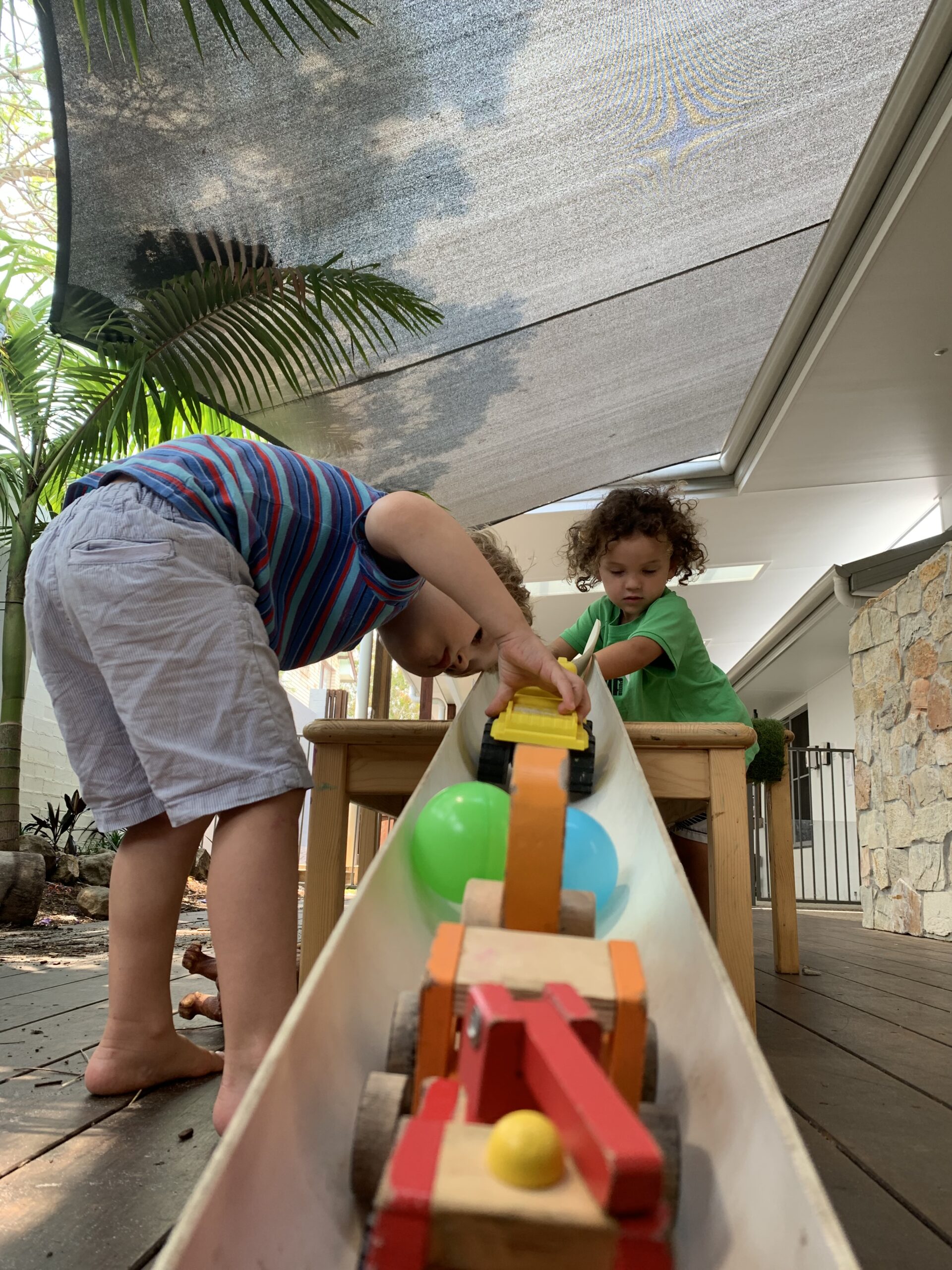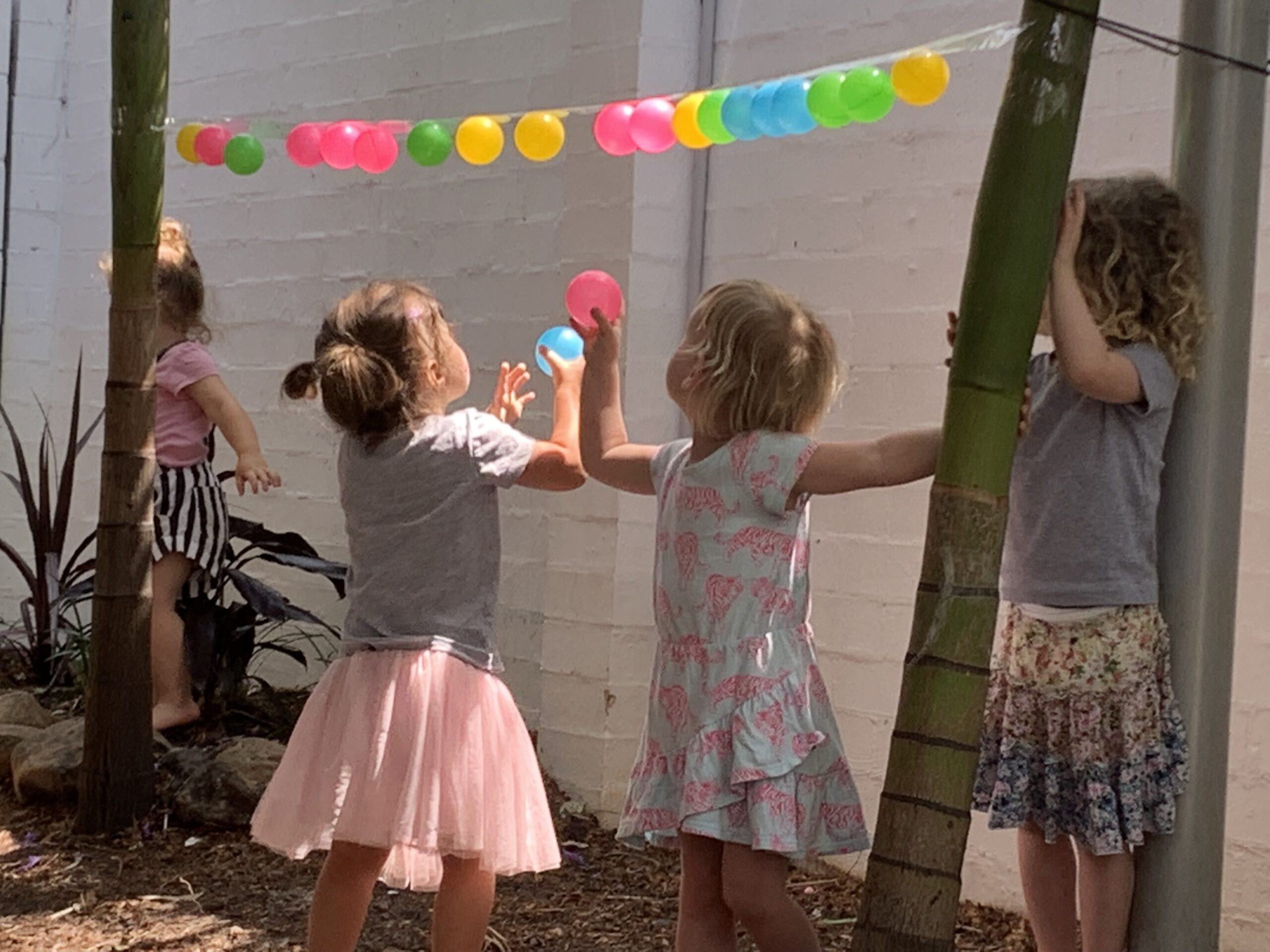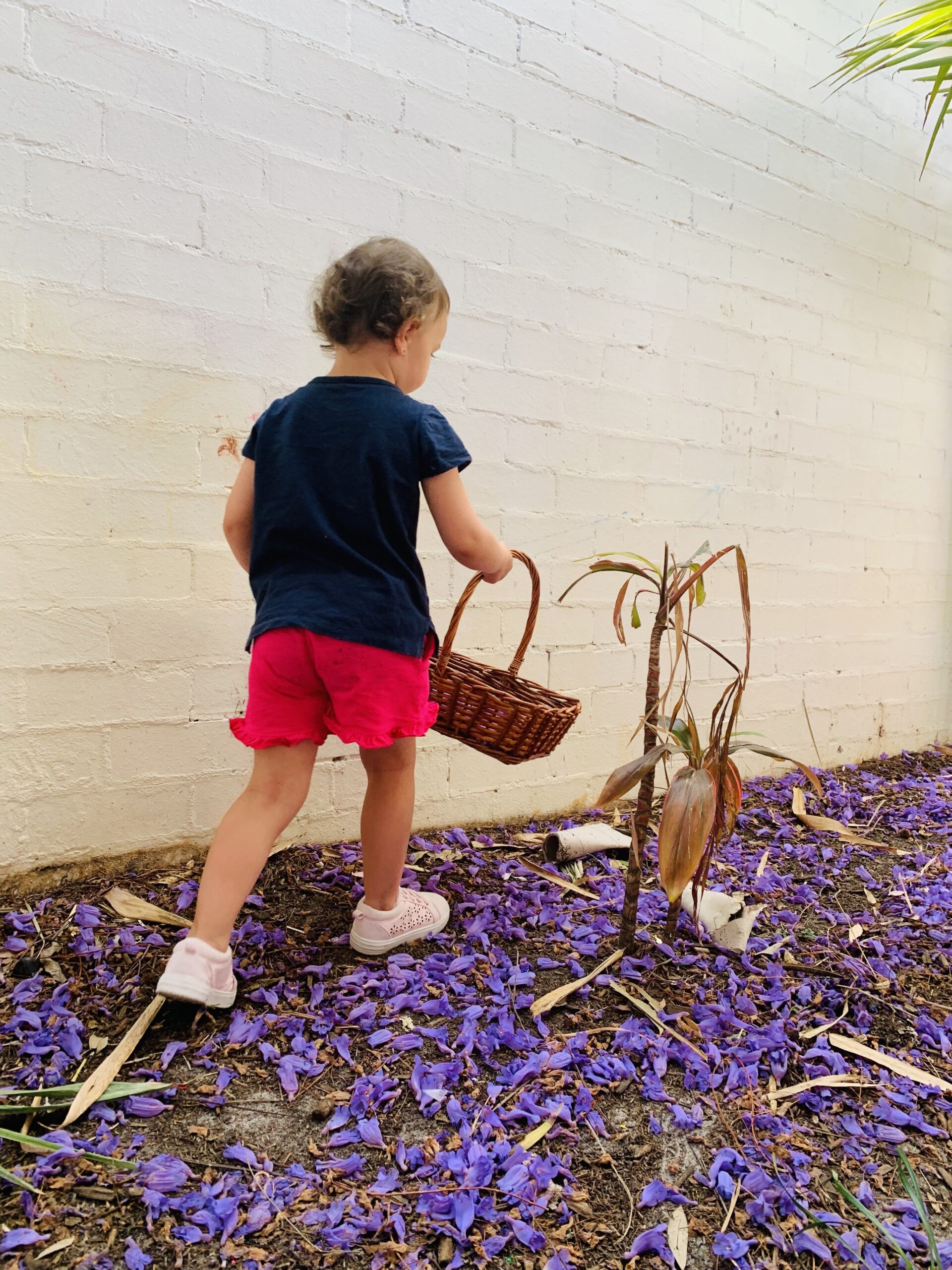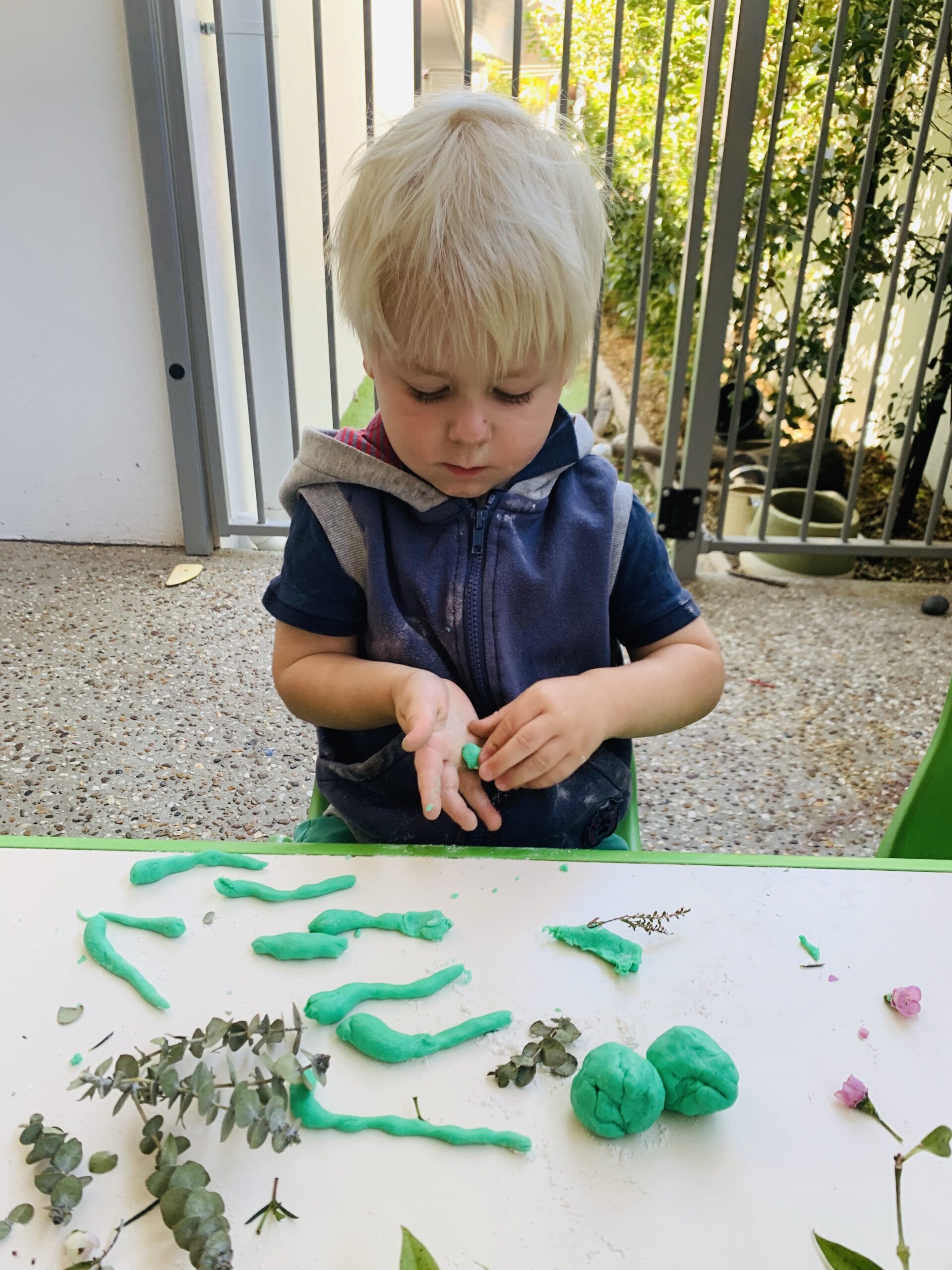Why Does My Child Love To Throw Things?
A guide to schematic play
Written By Sienna Craig
The dinner is already on the floor. Again.
Your keys are inside a drawer. Somewhere.
Their dummy is hiding in a crevice. Most likely.
Every toy is in a pile behind the couch. Of course.
All the paint colours have turned into a brown blob. So much for a rainbow..
But why? Why does your child play the way they do? Why do they like to spin anything that can be spun, or hide things in strange places, or throw everything?
It’s not to push your buttons or because they’re mad at you for putting broccoli on their plate— your child is a scientist, they are discovering the world and how things work through a series of repetitive actions known as schema’s or play schemas.
Schemas are simply the process of repeating a movement or a task to understand how and why they occur. They are a natural developmental urge that your child can’t resist, they have too try these things over and over to build an understanding.
So why don't you and I do this?
This is particularly evident in toddlers, they’re not only new to the world but new to the many concepts that we do every day without a thought, like turning a knob, doing a zip, filling a bowl, bouncing a ball and so on. And what do scientists do when they don’t underderstand something? They do tests, lots of them, because one isn’t enough for conclusive data, so they try again and again, then they try it in different scenarios to see what changes and what stays the same.
What are the schemas?
ENVELOPING
Hiding in a blanket, making pillows forts, filling every inch of paper in paint, putting toys under the furniture…
ENCLOSURE
Building fences around objects, creating walls with blocks, building the walls of a sandcastle to keep water in…
CONNECTION
Magnets, building blocks, legos, nuts and bolts, glueing, taping, blutacking…
ROTATION
Spinning tires, twirling in circles, riding a bike around and around, turning taps, handles, steering wheels, watching the clothes dryer…
TRAJECTORY
Throwing (anything), dropping (everything), pushing, rolling, swinging…
POSITIONING
Lining things up, stacking tall towers, sorting by colour, shape, size, etc..
TRANSPORTING
Filling baskets and containers to carry things, pushing things in trucks and wheelbarrows, piling toys up in a big nest, filling pockets with collected items…
TRANSFORMING
Mixing paints together, making potions, disassembling toys, changing the shape of play dough, scrunching paper or ripping it into parts…
Looking past the behaviour
Go ahead and put on your scientists coat, and look at each schema, consider the concepts your child is exploring. Don’t underestimate them, this play is the beginnings of understanding concepts of gravity, distance, speed, force, shapes, size, colours, reactions… if I hide under a blanket, can I still be seen? If I throw this high enough will it keep going up, or does it always come down? How tall can I stack the blocks, which bocks are the best for stacking, how do I make it stronger?
Once you can recognise the schemas, and understand the questions being asked by your child through this play, you can provide opportunities to develop these skills in positive ways.
Provide balls, soft toys, little bean bags etc for throwing, and create games to practice aim, distance, height etc.
Take a little basket to the market or store for your child to carry things, or play relay games, moving things from place to place.
Let them mix ingredients together in the kitchen, or choose paint colours like red and yellow, that will create a secondary colour when mixed.
